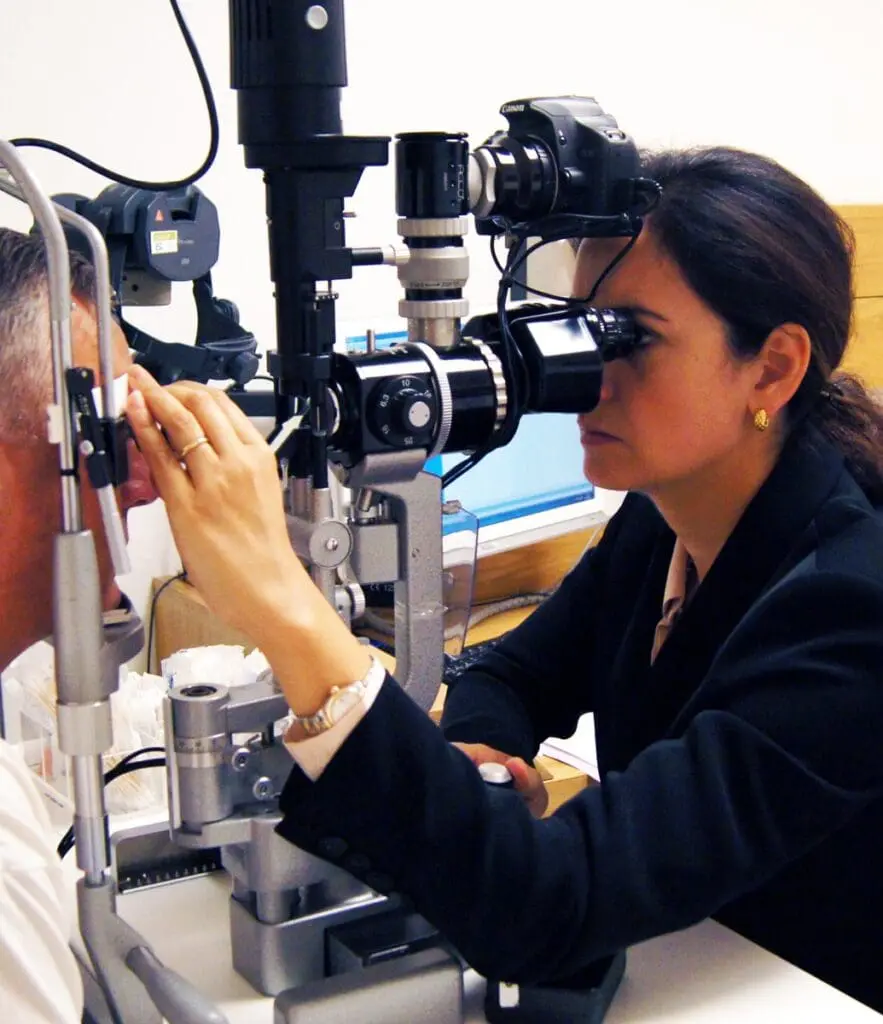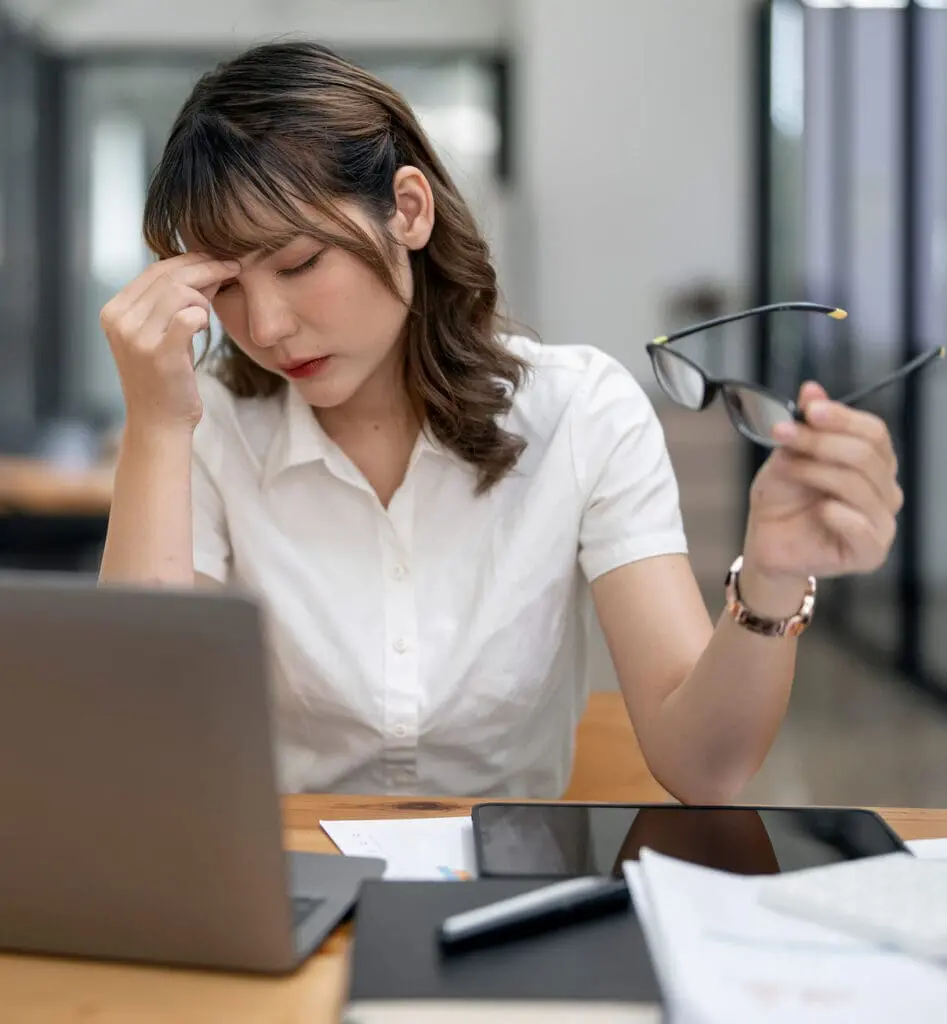Symptoms of photophobia occur in response to a light source, such as the sky or sun, and often include:
- Squinting
- Turning your head away from light sources
- Eye pain, severe tearing and discomfort in response to light
- Nausea
- Headaches
If you are experiencing symptoms of sensitivity to light constantly, it’s important to find out what is causing it. Inflammation of any part of the eye can result in increased light sensitivity. Finding the cause is the first step to getting the right treatment in place.







